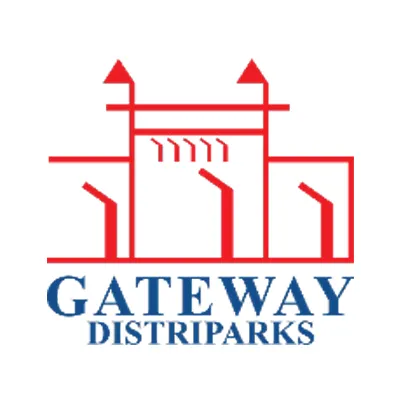While every industry currently is dealing with temporary disruptions due to the Coronavirus, the construction industry also faces large ongoing challenges due to emerging technology and workforce issues. Here are three transportation and freight trends that could affect the construction industry’s productivity, efficiency and profitability over the next six to 12 months.
Artificial intelligence to the rescue?
When construction projects are facing a deadline, every minute counts. That’s why it’s so crucial to employ smart technology that accomplishes in minutes what previously took hours, all while reducing the likelihood of error or injury.
For example, some European companies have begun testing the use of shared AI programming to platoon a fleet of semi-autonomous trucks that move large shipments over long distances.
Some reports suggest this approach may be cleaner and safer than current convoy methods, especially as long-haul drivers continue to face hard caps on their daily work hours.
While the widespread use of autonomous vehicles is still a distant concern in the United States, expect to see more incremental applications of AI to become the norm in the near future, as shippers continue to seek new ways to boost efficiency, increase accuracy and improve safety.
Using technology to improve supply chain turnaund time
Like construction, the freight industry has long suffered from a shortage of drivers, which creates a constricted market that gives more pricing leverage to the carriers. It can also lead to delays in the delivery of products and materials, which can easily knock a construction project off schedule and lead to missed deadlines, overtime costs and other penalties for inefficiency.
To help alleviate this pain point for construction shippers, transportation management companies are using real-time data to improve the efficiency of moving materials from point to point, even before a shipment is ready to go. For example, technologies lets clients quickly weigh, measure, dim and catalog their shipments with total accuracy in under just a few seconds, while also photographing the shipment to provide reference in case of damage claims. This ensures that all necessary materials can reach their destination as quickly and cost-effectively as possible, while also avoiding costly overages or other penalties in the process.
As these real-time technologies continue to improve the clarity and connectivity that supply chains rely on, construction companies and contractors who employ these solutions will see fewer delays, improved turnaround time and projects that stay on schedule.
Reducing the steep onboarding cost of adopting new technology
According to 2019 estimates, the construction industry could boost its value by over $1 trillion if it improved its technology. But all that opportunity comes with a steep cost: time.
Every new technology comes with a learning curve, which means everyone who depends on that solution needs to be trained on how to use it properly. It also means additional resources often need to be allocated to troubleshoot any problems as they come up. Because of this, some companies prefer to keep using outdated or inefficient technologies rather than implementing new solutions that would save them more time and money in the long run.
For example, if a new program that is intended to save the supply chain hours of work every week doesn’t correctly sync with every system in that supply chain, contractors could actually lose time for the first few weeks while those problems are identified and solved. Seen from that perspective, it’s no wonder why some companies continue to use inefficient or outmoded systems.
Luckily, forward-thinking technology companies are now providing better user training, dedicated account managers, and enhanced customer service to shorten the learning curve and speed up the adoption and implementation process for new solutions. The faster new users can get up to speed and comfortable with a new program—and the fewer hiccups there are along the way—the more likely it is that construction companies will upgrade their digital solutions and improve their efficiency over the next year.
Target Freight Management, Inc., is an industry leader in Less-Than-Truckload and Full Truckload transportation management systems, empowering customers to ship with confidence. TFM has developed a full range of logistics solutions, from time-saving back-office applications to their patented FIDA technology, which maximizes carrier space and efficiency while protecting TFM customers from unexpected overages and fees.
Reprinted from
Construction Executive, April 22, 2020, a publication of Associated Builders and Contractors, copyright 2020. All rights reserved.



















